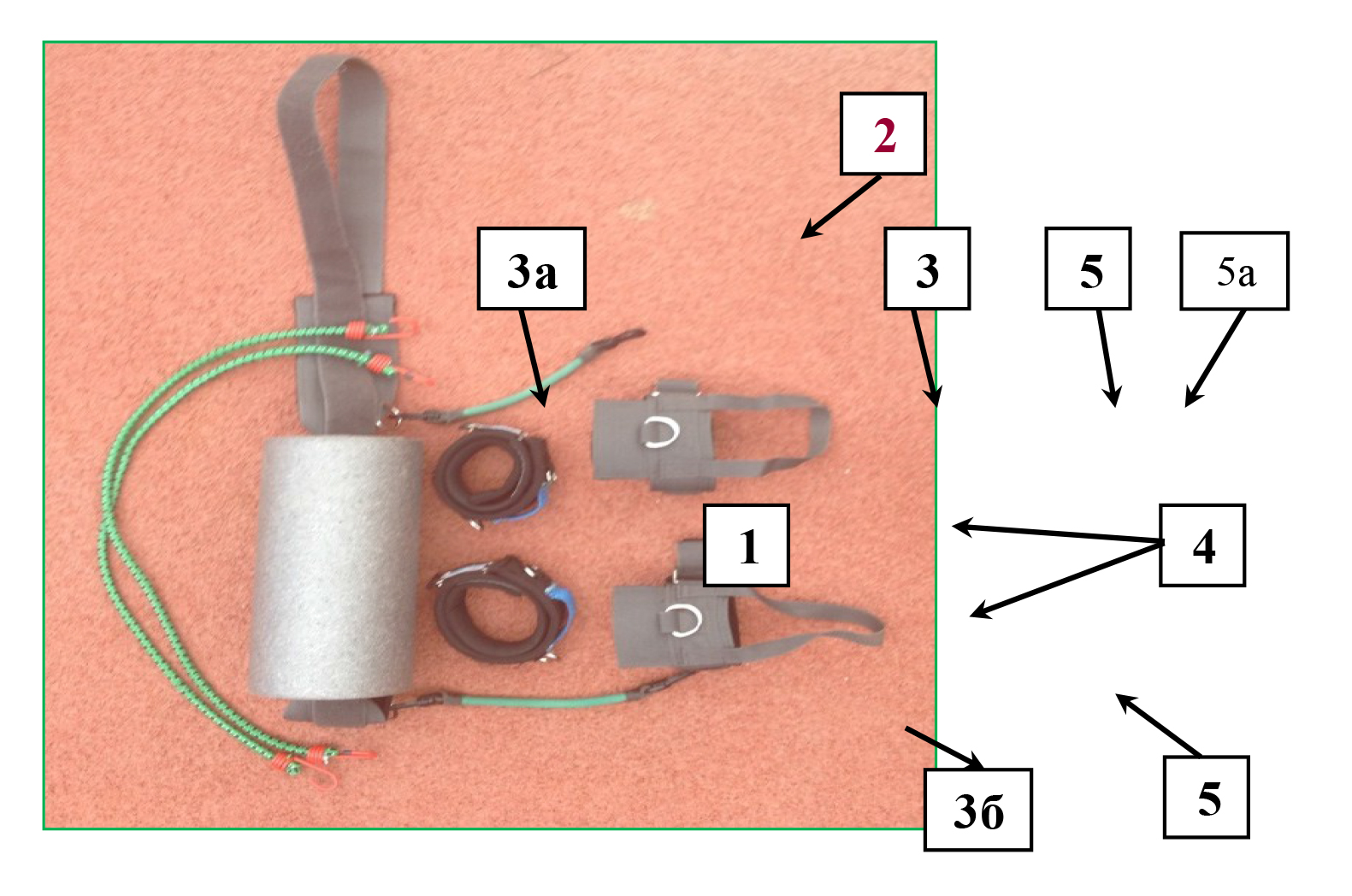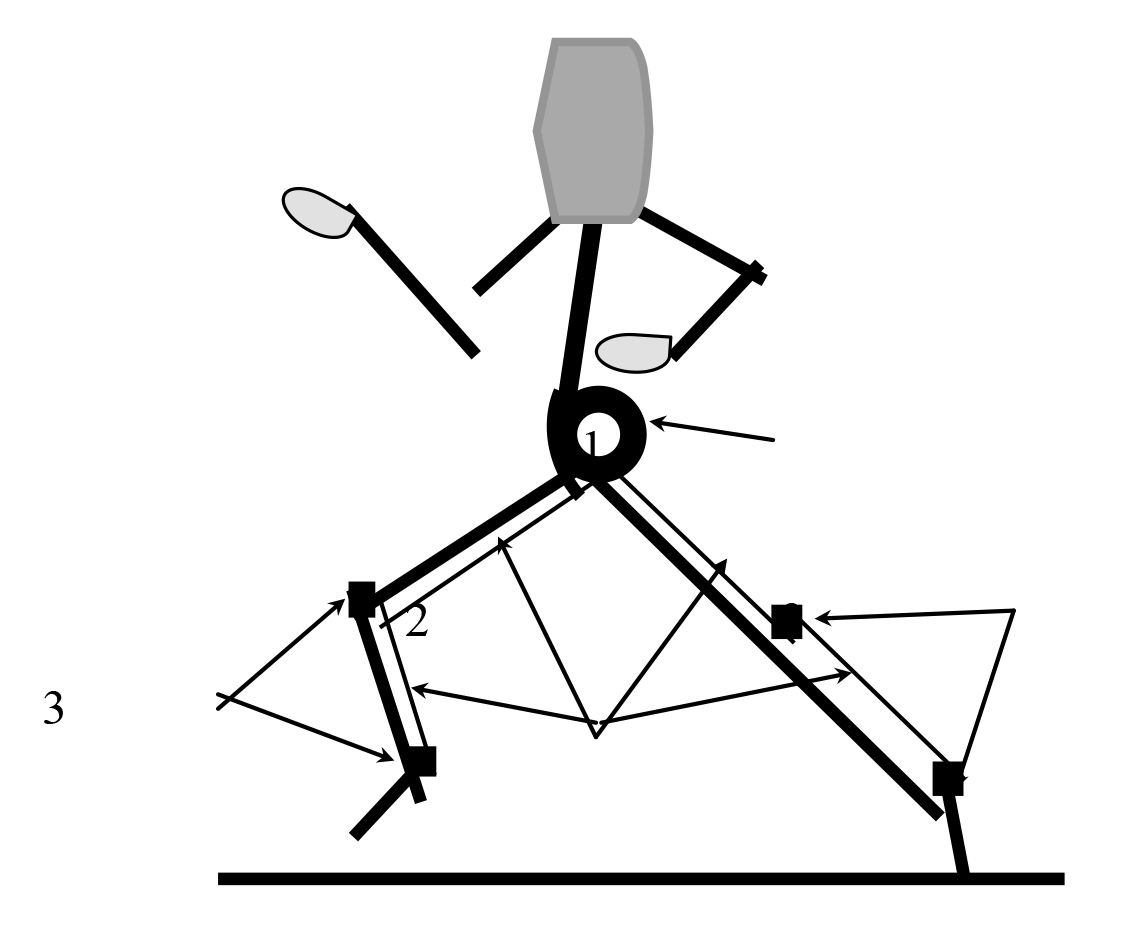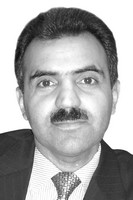Training simulator for special physical fitness and technical skills excellence in sprint sport
Фотографии:
ˑ:
PhD, Associate Professor O.M. Mirzoev1, 2
Master of Sports of the USSR, Honoured Coach of the Republic of Azerbaijan O.A. Mukhin3
1Russian State University of Physical Education, Sport, Youth and Tourism (GTsOLIFK), Moscow
2Moscow State Institute of Culture, Moscow
3Fenerbahce sports club, Istanbul
Keywords: sprint, auxiliary training device, physical abilities and qualities, technique, advanced training stage, top mastery stage.
Background. Physical and technical training components are in high priority in any modern athletic training system. Physical training component is generally classified into body conditioning and special groups [2]. The body conditioning practices are more important at the athletic progress stage whilst the special training is applied to attain specific goals and missions in the relevant track or field discipline. Impacts of the special training tools on the athlete’s physical fitness are most critical at the athletic progress and particularly top excellence stages. Special training systems are designed to include kinematic and dynamic exercises that normally copy as close as possible the actual competitive motor sequences. These systems are generally geared to develop the physical qualities and abilities, functions and organs-specific capacities critical for success in particular sport discipline [4].
Furthermore, a special emphasis needs to be made on the exercise performance techniques pivotal for high and stable sport accomplishments. Persistent long-term process to master the most efficient performance techniques requires high volitional and physical efforts to ensure the motor sequences being most efficient including due relaxation of muscle group in the routine performance process etc. [2]. Special physical and technical training sub-components must be correlated and harmonised to attain the most critical goals in the long-term training process.
Therefore, the Russian elite sprinters’ training systems must be designed, in our opinion, based on the focused innovative approaches to put together an efficient sequence of practices in every training session in particular and the athletic training system on the whole.
Objective of the study was to develop a training simulator appliance to ensure fast progress of the sprinters’ technical mastery, physical qualities and abilities.
Study results and discussion. One of the key components of any athletic training process is the variety of different practices (training tools) that may be classified into body conditioning and special groups. The conditioning group exercises must be designed so as to ensure that the neuro-muscular efforts and body performance regimen are sport-specific and most efficient in the necessary qualities and abilities building process. The special group exercises must be designed to closely copy the critical motor phases of the competitive routine in the specific neuro-muscular efforts, body control and performance regimen and the motor sequence on the whole. The special training tools should facilitate development of the key muscle groups involved in the sport-specific performance as required by the relevant action profiles in every movement phase [1]. The special practices must be selected to develop, on a strictly managed and focused basis, the sport-specific qualities and at the same time secure fast technical progress. On the whole, the training process groups must be designed and harmonised so as to help the athlete attain the highest special physical fitness and technical levels and maintain the performance and techniques at the highest levels.
The existing physical training practices are so multiple in their types and versions, that coaches and athletes need to select, on a daily basis, the most efficient ones to attain the training process goals at every athletic progress stage. The wide range of the theoretical and practical provisions and practical tools that exist and are being applied in the modern track and field sports on the whole and sprint in particular may be outlined as follows:
- Special speed qualities and abilities excelling training should be based on 80m sprints at 100-96% of the maximum possible speed, the sprints being performed both from the crouch and standing starts, on the run, and in different combinations. A special emphasis must be made on the performance techniques which may vary in the speed-specific components (stride length and frequency), body mass centre controls etc.;
- Special endurance excelling training components must be dominated by multiple runs on extended (100m+) sprint distances at speeds/ intensities of 100-81% of the maximum levels; with the repetitions and rest times being prudently scheduled and managed with an emphasis on the due sprint technique on the distance; and
- Speed-strength abilities building training tools must give a special priority to multiple simulator practices, weightlifting and weighted practices, jumping exercises etc., with due attention to the specific technical performance elements.
On the whole, every specific training tool should be ideally applied to develop a specific physical quality or ability as required by the specific training process goal. It should be noted, however, that every running practice must be designed with a special priority to the most efficient motor technique. In other words, the sets of special selected exercises applied in a training system must be designed to build up special physical fitness by combined impacts so as to attain a few goals in each training session or phase. A specific running practice, for example, may be designed to improve a few physical abilities and at the same time vary the sprinters pace and technique on the distance in the most efficient way.
Every training practice shall be planned to meet the relevant competitive performance standards, with top priority given to the technical performance mastery (motor skills), particularly in those track and field sports where the competitive routine takes less than 1 minute. For the highest success within such strict time limitation, the coach and athlete need to try and apply as many training practices as possible to develop the top-class physical fitness; whilst the technical mastery is normally excelled at further training stages by different sets of exercises. It is not unusual, therefore, that at some points modern training processes show gaps between the physical fitness building and special technical excellence training elements and stages, and these gaps may be detrimental to the sprint techniques in the 60m, 100m, 200m and 400m events.
We firmly believe that one of the most efficient ways to improve the special training process within the modern elite athletic training systems – is to put it on an integrated basis so as to attain a few training process goals at a time in every training session. The process should be designed and managed so as to combine the physical fitness building component with the technical excellence (technical mastery maintenance) component in every competitive routine. We believe such an approach could be ranked among the most promising and reasonable in the professional training systems applied in the modern track sport (and some other sports) on the whole and at the elite athletic excellence stage in particular – when the progress is not stable any more.
Specific muscle groups in the training process may be effectively trained using a variety of modern special training simulators and appliances. It should be noted, however, that multiple standard exercises geared to attain a specific goal in the training process may not always be effective enough. Preference should be given to the movable training simulators designed for a focused effect on specific physical qualities and abilities and making it possible to combine and harmonise technical skills and abilities excelling procedures and to prudently design and manage training loads and procedures.
With the above considerations in mind, we have developed a training simulator system applicable for the athletic progress on the whole and at the top athletic excellence stage in particular. The system makes it possible to improve/ maintain technical mastery and develop sport-specific speed, speed-strength and special endurance abilities on an integrated basis i.e. combined in a single training exercise: see Figures 1 and 2.

Figure 1. Training simulator to improve running technique, physical fitness and specific qualities:
(1) elastic cylinder; (2) belt; (3) rubber shock absorbers; (4) knee straps; (5) ankle straps.

Figure 2. Elements of the training simulator:
1) elastic cylinder; (2) belt (goes through the cylinder; (3) rubber shock absorbers mounted on the shin (a) or thigh (b); (4) knee straps; (5) ankle straps with (a) heel grip
The training simulator is designed to solve a variety of tasks in the physical training component both in the alactate-anaerobic speed training and anaerobic-glycolytic special endurance training group designs for different distances and different intensity levels. It is important that a single running simulator-assisted practice may help attain a few goals in the physical training process.
It is a matter of common knowledge that individual speed, speed-strength and special endurance qualities and abilities play a dominating role in modern sprint as they provide a basis for the progress in the sprint skills and competitive accomplishments; with the performance technique or technical mastery being viewed as a superstructure on this basis. It is also known that most difficult for further perfection at the top athletic excellence stage are the elements forming a basis of the individual physical fitness. Multiple traditional exercises applied in every training session to excel the above qualities and abilities may not always be successful enough, particularly in case of adult elite athletes actively competing in top-ranking international events. The proposed training simulator system makes it possible to train elite sprinters on an integrated basis: see Figure 3.

Figure 3. Athlete’s body position in the training simulator assisted practice
(1) elastic cylinder; (2) rubber shock absorbers; (3) fixing straps
The rubber shock absorbers (2) connected to the waist-fixed elastic cylinder (1) with their cords going along the back side of the thigh, knee and shin to the ankle joint – are designed to strain the muscles in the ground contact phase. An athlete takes efforts in the movement sequence to flex the knee making a dynamic work against resistance (with the resistance both complicating the movement and making it more comfortable in some aspects) to effectively train the lower limb muscle groups. The training simulator thereby improves the speed-strength abilities by speeding up the areal thigh crossing movement, among other things. This action both speeds up (and very probably stabilises) the areal and push-off phases i.e. develops the skills pivotal for success on short distances.
The growing efficiency of the areal and push-off phases of the run sequence, in its turn, facilitates the speed ability building process and, hence, the resultant productivity of the exercise on the whole. The training simulator assisted running or jumping practices (varied in distances and intensities) make it possible to exempt the athlete from multiple traditional weight-applying and other special practices; and the reduction or ease of the traditional weightlifting practices effectively scales down the injury risks for the athlete, improves the training process efficiency, speeds up rehabilitation processes and brings other associating benefits.
The effective and fast lower-limb muscle strengthening by limited number of training interval runs with the training stimulator helps, among other things, build up special endurance that is pivotal for success in the 200m and 400m events. It is important that the training simulator releases the training system of long run training phases with multiple repetitions – up to several times a week that is not unusual for the traditional sprint training systems.
Furthermore, the rubber shock absorbers (2) with its cords going along the back side of the legs create resistance in the run sequence thereby training the abdomen muscles due to the thigh lifting-lowering movements. The waist-fixed elastic cylinder (1) placed against the 4-5 vertebrae is designed to naturally stimulate the body mass centre movement as it mostly pushes the sprinter forward rather than backward in the so called “saddleback run posture”, conditional on the sprinter being highly skilful in the running techniques mastered at the primary and advanced special training stages [3]. Therefore, the training simulator may be also used among the key instruments to maintain the most efficient sprint techniques in the 60-400m events.
The training stimulator used as an auxiliary training tool was found to effectively speed up the areal and push-off phases of the running sequence and create comfortable conditions for the key elements of the speed ability being perfected (and stabilised) with the run pace and stride being varied and customised to the individual training needs/ goals. High stability and reasonable variability of the sprint techniques are considered a basis for the technical performance at the athletic excellence and top sport mastery stages when (for a variety of reasons including the age-related ones) the individual athletic progress and physical fitness building process may stall.
Conclusion. The special training simulator was proved beneficial in improving the sprint technique stability, effectiveness, variability and efficiency both in the training process and in the extreme competitive environments. The sequential and persistent excelling of the key techniques and actions in the training process always yields desired success in competitions.
The authors filed a Patent Claim #2016131379 of 29.07.2016 to the Russian Federal Intellectual Property Service for the “Training Stimulator to Improve the Sprint Technique, Physical Abilities and Qualities”.
References
- Dyachkov V.M. Fizicheskaya podgotovka sportsmena [Athlete's physical training]. Moscow: Fizkultura i sport publ., 1967, pp. 5-6.
- Ozolin N.G., Voronkin V.I., Primakov Y.N. Legkaya atletika: uchebnik dlya in-tov fiz. kultury [Track-and-field athletics. Textbook for physical culture institutes]. 4th ed., ext., rev. Moscow: Fizkultura i sport publ., 1989, pp. 79-81, 97.
- Mirzoev O.M., Mukhin O.A. Trenazhernoe ustroystvo kak sredstvo obucheniya i sovershenstvovaniya tehnicheskogo masterstva v bege na korotkie distantsii [Exercise Equipment to Train and Improve Technical Skills in Sprint]. Teoriya i praktika fiz. kultury, 2015, no. 2, pp. 76-78.
- Platonov V.N. Teoriya sporta [Theory of Sports]. Kiev: Vishcha shkola. Head publ., 1987, p. 148.
Corresponding author: prorector@mail.ru; muhinbaku@mail.ru
Abstract
The article presents a new technology to improve and maintain sprint skills and sport-specific physical qualities and abilities in sprinters running 60-400m distances. The study data may also be beneficial for the highly-skilled athletes at their excellence training and top mastery stages when the progress is not that high as at the beginner stages of the athletic careers. The proposed training simulator is designed to create facilitating conditions for the speed and speed-strength qualities, special endurance and the most efficient running techniques being maintained and improved in sprinters. The training simulator may be applied to solve a few training tasks at a time to attain combined positive effects on physical fitness and technical mastery for competitive progress.



